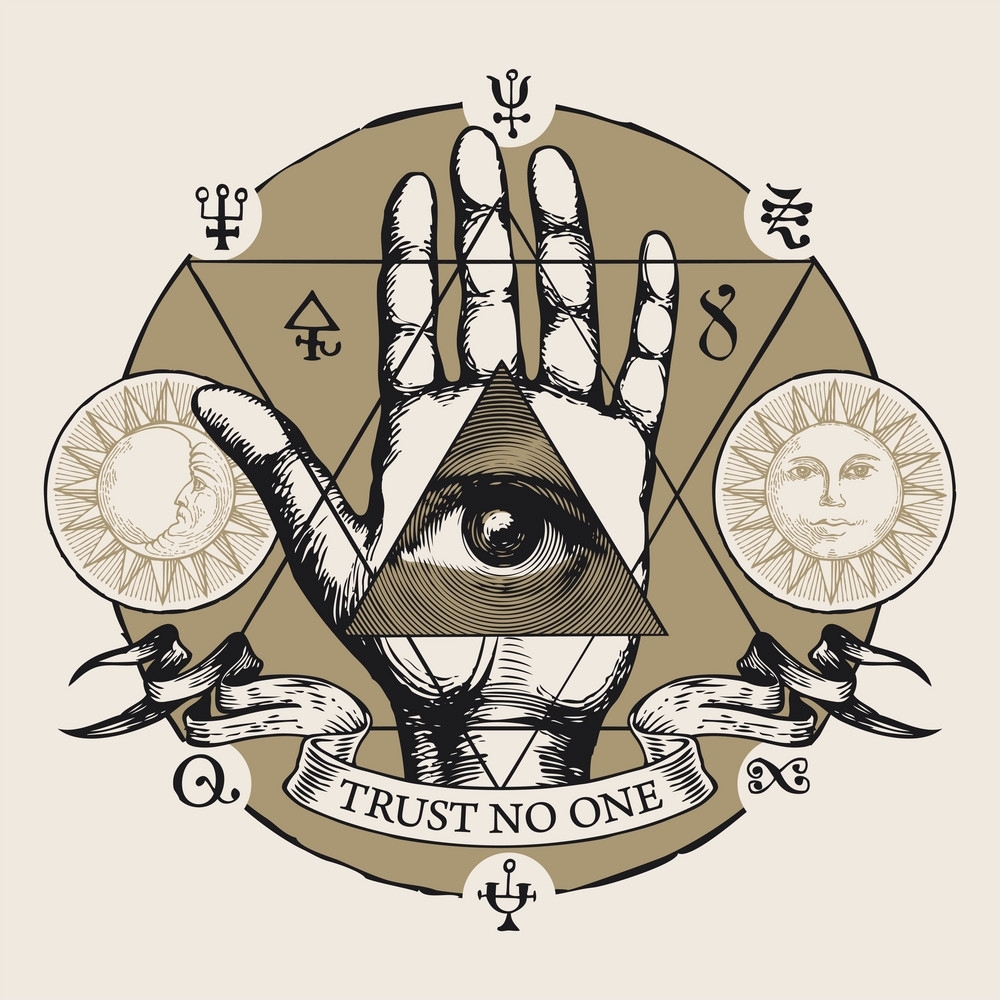These are the Infernal Names and the structure of Hell in John Milton’s Paradise Lost.
Lucifer and the fallen angels conference in Pandemonium
Infernal Locations
Lake of Fire – A place of imprisonment in chains for Lucifer and His army of fallen angels. In the poem, it is called Tartarus, the Greek version of the underworld, but it is meant to represent Hell.
Pandemonium – A palace for Lucifer and his counsel of demon overlords. Here, they discuss whether or not to war with God in the beginning of the poem, and celebrate the “victory over God” Lucifer announces in the end.
These two locations, as well as Night and Chaos, form the dominion of Hell.
Lucifer’s Fall from Heaven
Major Named Demons
Lucifer – One of God’s most beautiful archangels, but also its most proud, He was the first to want for more than what God gave Him. Though His evil scheme through the poem – to corrupt humankind – is successful, He deceives His counsel into believing He has defeated God entirely by the end of the poem, at great cost to Himself. He can possess any body He pleases, and is a silver-tongued creature, capable of using a philosopher’s wit, a politician’s tongue, and the words of a lecher to convince Eve to take her first bite from the fruit of the Tree of Knowledge.
Beelzebub – Satan’s Second-in-Command. Like Lucifer, he embodies perverted reason for use toward wicked ends. He suggests to Lucifer that they should war against God after their escape from the lake of fire.
Belial – A principle devil in Tartarus. He embodies sloth and inactivity. He argues against warring with God after their escape from the lake of fire, but only due to his great laziness. Nonetheless, he is eloquent, and manages to convince many of Lucifer’s soldiers not to fight.
Mammon – The embodiment of wealth, he always walks hunched over, forever seeking wealth in the ground. He argues against warring with God after their escape from the lake of fire, for he sees no profit to be gained from such a transaction. He would rather mine the abundant minerals in Tartarus.
Mulciber – The demonic architect of Pandemonium. He is described as being fiercely industrious compared to his kin.
Moloch – Rash, irrational, and bloodthirsty, he argues that Lucifer should go to war with God after their escape from the lake of fire. He is not possessed of the same capacity for eloquence as his peers, so he is not a convincing proponent of this decision.
Sin – Lucifer’s daughter. She was born, like Athena and Zeus before them, from Lucifer’s forehead when He was still in Heaven. She assumes the form of a woman above the waist, and a serpent below the waist. Her waist is wreathed in demonic hell-hounds who occasionally turn inward to feast upon her womb and entrails. She guards the gates of Tartarus.
Death – Lucifer’s grandson by his daughter Sin. Death rapes his mother, begetting the hell-hounds at her waist that ensure her eternal torment.
Sin, Death and Lucifer form an Unholy Trinity in opposition to the Holy Trinity of the Father, the Son, and the Holy Spirit.
The Serpent – The beast in Paradise who, after careful consideration of His options, Lucifer possesses to seduce Eve into eating the fruit from the Tree of Knowledge. The serpent, after Eve and Adam’s fall from grace, is punished for his participation in the corruption of mankind by being forbidden to stand.
For other Infernal Names, see:
Occult – The Satanic Bible, Pseudomonarchia Daemonum, The Lesser Key of Solomon, Tentatio Diabolus, The Red Book of Appin
Christian – Inferno, References to Demons in the Apocryphal Texts, Biblical References to Satan

